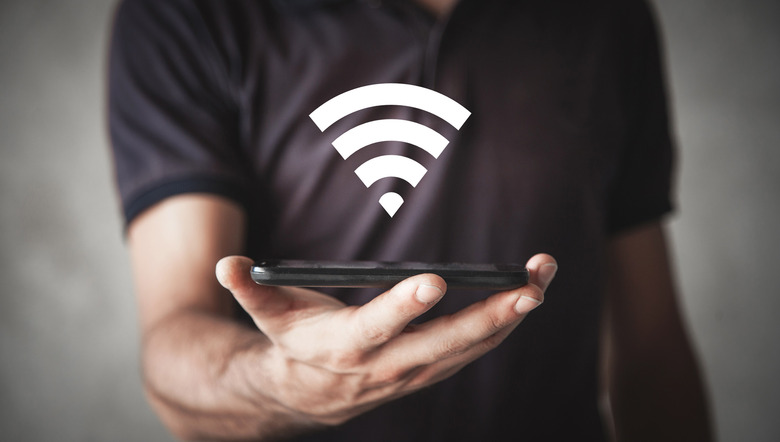Next-Gen 6G Cellular Networks May Be 9,000 Times Faster Than 5G
New reports indicate that next-generation wireless networks could achieve speeds of up to 938 gigabits per second, roughly 9,000 times the speed of current 5G network connections. These next-gen 6G networks are still a long way off, but it would allow for more than 20 average-length movies to be sent in a second, New Scientist reports.
One of the biggest issues that 6G looks to solve is the congestion that 5G just can't keep up with. See, big events like concerts and sports games often see mobile traffic grinding to a halt because of how many connections are being made in the same place. That's because 5G has a very limited bandwidth in which it operates. This can vary depending on the country, but overall, these frequencies are all very low and below 6 gigahertz. Further, they're usually narrower bands of frequencies.

However, with next-generation 6G networks, mobile traffic could see a big improvement because it could expand beyond those more narrow bands to a much wider set. In this particular experiment's case, the researchers involved in the most recent study used a range from 5 gigahertz to 150 gigahertz thanks to the help of radio waves and light.
To improve the signal and the network's operation, the researchers involved in the experiment used the standard digital-to-analog converters we currently use to send zeroes and ones through radio waves and then added another method for high frequencies, where radio waves usually struggle. This blending of tech allowed the network to work more efficiently while letting next-gen parts pick up both signals.
This allowed the data shared over the 6G network to move more securely and quickly—allowing it to hit those 900+ gigabit speeds more effectively. While this is a record for multiplex data, it is worth noting that single signals have been sent much faster, with speeds exceeding one terabit per second. However, by splitting the signals across multiple wide frequency ranges, the road becomes much larger, allowing for more traffic to move before the signal becomes congested and slowed down. It could even let us communicate with holograms.
